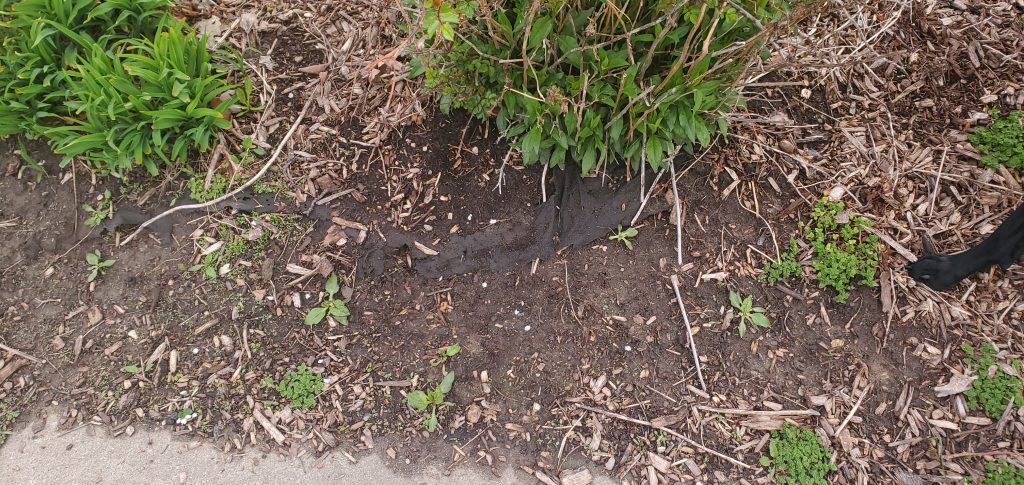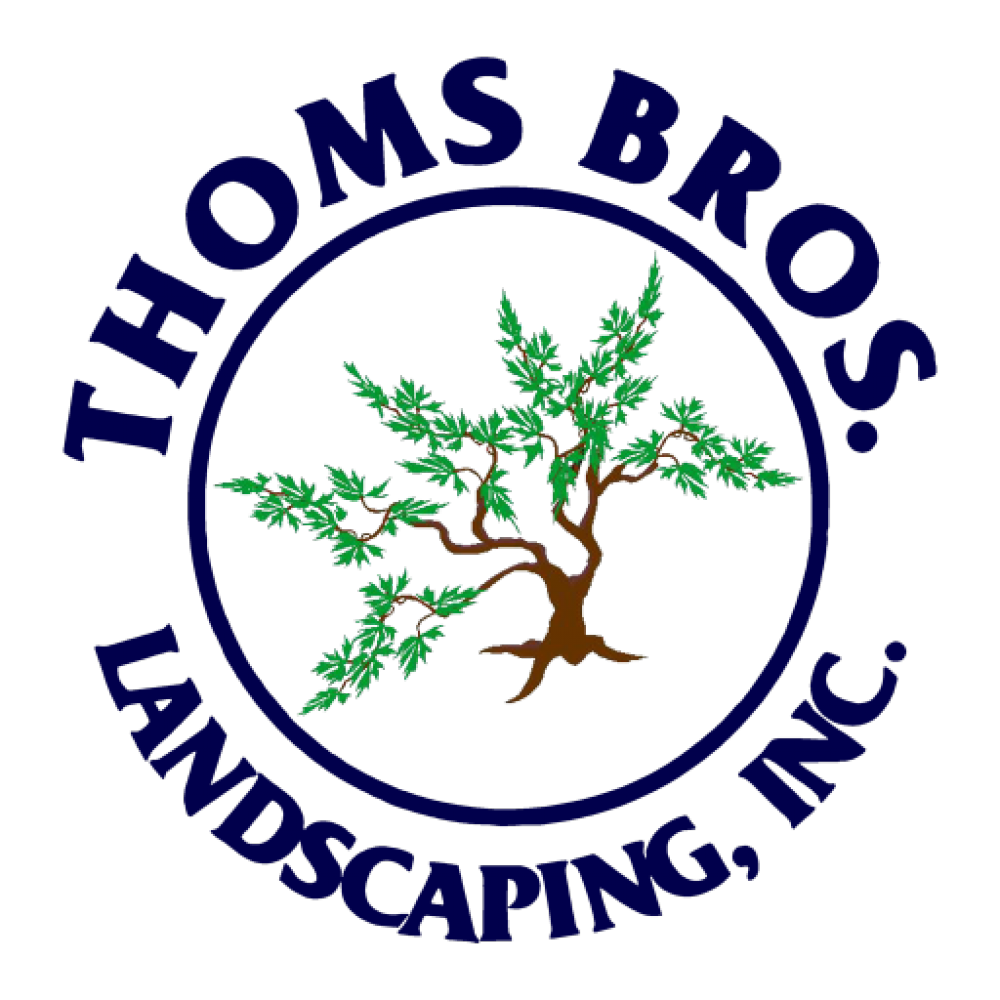Maintaining your landscaping is as important if not more important than the design & install. You can have a beautiful landscape designed and specimen plants installed, but later down the road if plants die due to pest or other conditions, plants outgrow the area, or weeds take over then all is lost. Landscapes are living and constantly changing, they need to be properly maintained. Whether this is done by the homeowner, a landscape maintenance company or a combination it is very important not to neglect this step. You wouldn’t install a $50K bathroom and never clean the fixtures or floors?
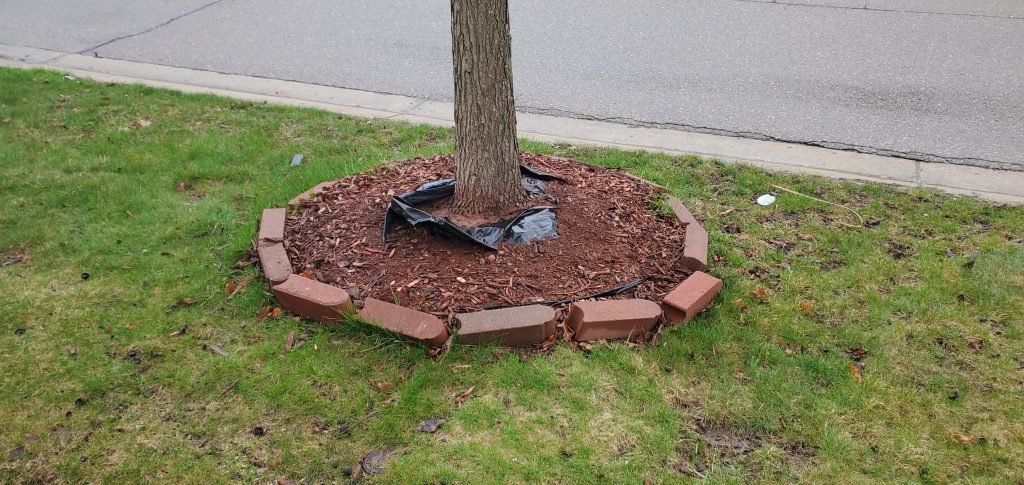
A properly designed and installed landscape can have limited maintenance, but proper weed control will also be a part of maintenance to some degree. A key to limited weeds is having more desired plants to fight off unwanted plants. This can include larger or closer planted shrubs, swaths of perennials and/or living ground cover such as pachysandra. A thriving landscape with these design intentions in mind will leave very little opportunity for weeds to invade, but never completely eliminates it.
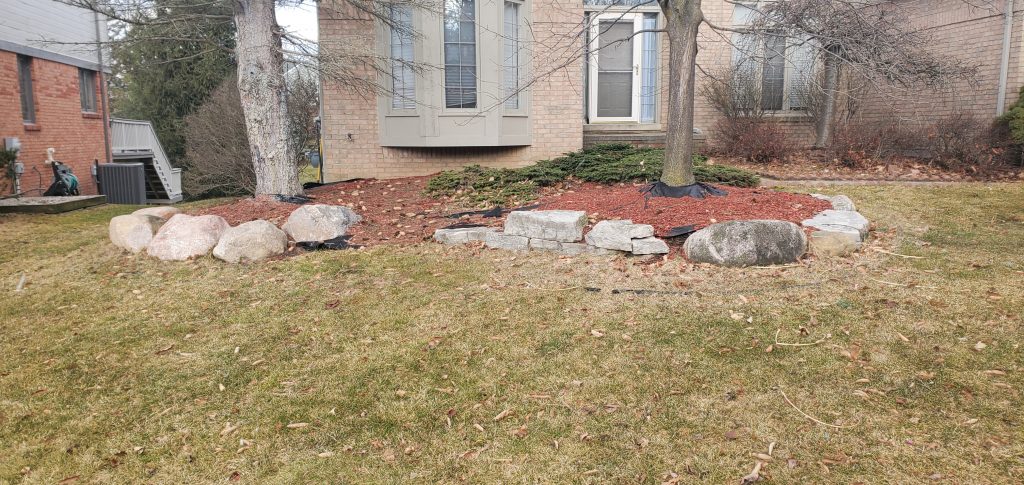
A good practice is adding mulch to bare ground as the plants establish in your new landscape with the intent that less and less mulch will be needed over the years. Having individual planted shrubs with a sea of mulch around is usually not a preferred design. Organic mulch such as cedar, hardwood and pine not only reduce weed germination, but also provide organic matter and temperature/soil moisture control for plants.
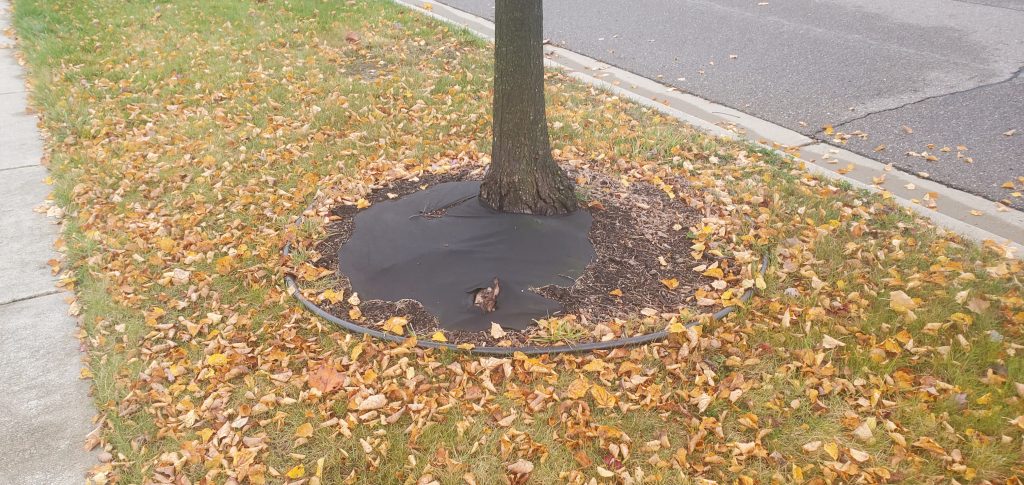
The most common question I have gotten over the last several decades is “you don’t install plastic, cloth, etc. (however they describe weed barrier) under the mulch?” We do NOT! Weed barrier/landscape fabric ONLY works with non-organic mulch such as decorative stone. With an organic mulch, what happens is the mulch decomposes creating a weed germination center on top of the barrier. Then the weeds grow there and even start to grow their roots into the barrier. I have seen and we’ve had to clean up many jobs with this wrong installation method.
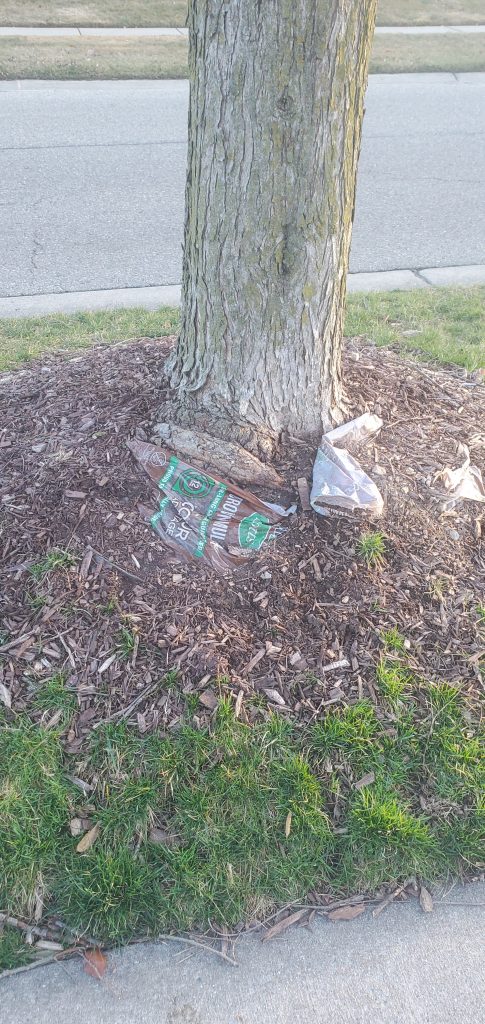
An alternative to weed barrier for organic mulch could be a dry pre-emergent herbicide such as Preen or commercial herbicides such as Treflan or Snapshot. This should be done with careful consideration though. First weeds can become immune to an herbicide if overused, just like a human anti-biotic. Second, any herbicide overused can have detrimental effects to desirable plants.
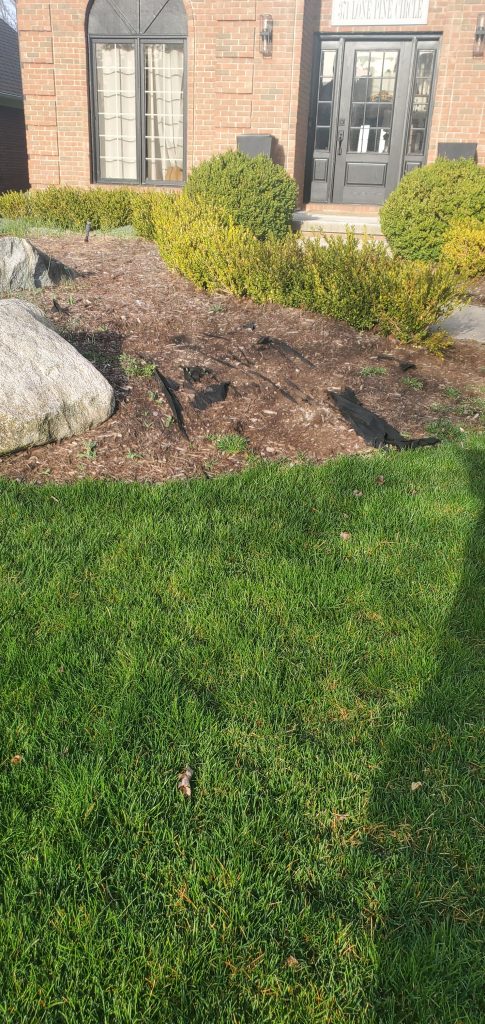
A properly maintained landscape will include a beautiful ensemble of a properly designed landscape, use of limited amounts of organic mulch, carefully chosen and applied pre and post emergent herbicides and good old hand removal.
